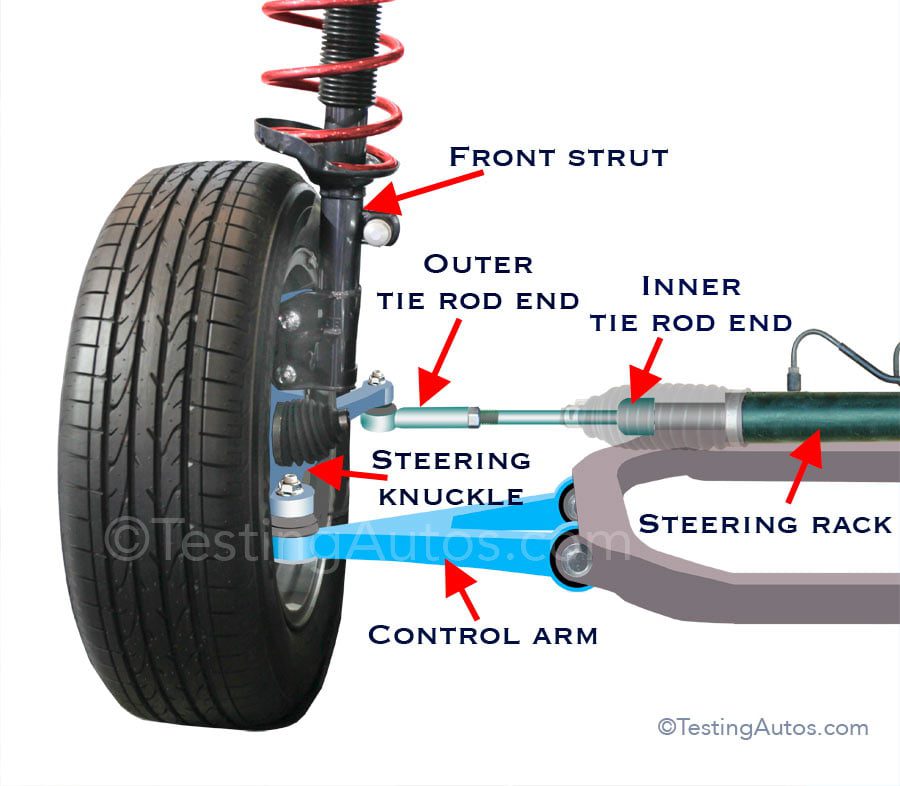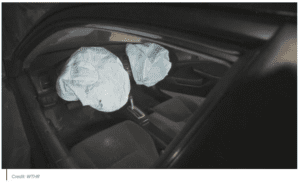The Importance of Internal Steering Linkage: How It Affects Vehicle Handling and Safety

The steering system is one of the most important components in any vehicle. It allows the driver to control the direction of the wheels and steer the vehicle where they want it to go. At the heart of the steering system is the internal steering linkage. This complex mechanical system connects the steering wheel to the front wheels and allows the driver’s inputs to be translated into actual wheel turning.
Proper functioning of the internal steering linkage is critical for safe handling and control of a vehicle. Here’s an overview of how it works, why it’s important, and what can go wrong if it fails.
How the Internal Steering Linkage Works
The internal steering linkage refers to all the mechanical components between the steering wheel and the front wheels. Key elements include:
Steering wheel and column – Connected to the steering shaft and steering gearbox. Turning the wheel rotates the steering shaft.Steering gearbox – Contains gears that convert the rotary motion of the steering wheel to linear motion to turn the wheels. Most modern cars have rack and pinion steering gearboxes.Steering shaft – Connects the steering wheel to the gearbox and allows their motions to be transferred.Tie rods – A tie rod is the part that connects the steering gearbox/rack to the steering knuckles on the wheels. They transfer motion to make the wheels turn left or right.Ball joints – Pivoting joints that connect the tie rods to the steering knuckles. Allow wheels to turn and suspension to travel up and down.
Proper lubrication and tightness of all these components is necessary for the linkage to work correctly and steering inputs to be accurately transmitted to the wheels.
Importance for Handling and Control
The internal steering linkage is what gives the driver precise control over the vehicle’s movement and handling. Here are some key ways it impacts handling:
Responsiveness – A tight linkage with minimal play allows the wheels to respond quickly and accurately to steering wheel inputs. This improves responsiveness and handling precision.Feedback – Linkage tightness also influences how much road feel and feedback is transmitted through the steering wheel to the driver. Tighter linkage improves steering feedback.Turn radius – The steering geometry and linkage components limit how far the front wheels can turn. This in turn affects the vehicle’s turning radius and manoeuvrability.Alignment – Misalignment in steering linkages causes tyre wear and makes the vehicle pull to one side. Poorly aligned vehicles are harder to control.Load handling – Linkage strength and rigidity determines how well the steering copes with heavy loads. Sturdy linkages reduce steering wander when towing or carrying heavy loads.
Importance for Safety
Worn out or damaged internal steering linkages can seriously compromise vehicle safety and roadworthiness:
Looseness – Excessive looseness or play means delayed and vague steering response. This makes emergency manoeuvres much harder.Pulling – Bad wheel alignment from worn linkages causes the vehicle to pull strongly to one side. This makes driving tiring and reduces control.Locking up – Severely damaged or broken linkage components can jam up and cause partial or complete loss of steering. This can lead to potentially deadly accidents.Detachment – In extreme cases, severely worn ball joints or tie rods can detach at speed, rendering the steering completely inoperable.Regular maintenance and replacement of worn linkage parts reduces risks from component failure. Drivers should also watch for signs of looseness or pulling and get repairs done promptly.
Signs of Worn Steering Linkages
Watch for these common signs that the internal steering linkage needs attention:
Excessive play or looseness in the steering wheelDelayed or vague steering responseReduced steering feedback through the wheelThe vehicle pulling strongly to one sideKnocking or clunking sounds when turning the wheelExcessive tyre wear on the edges
For more on inner tie rod: failure symptoms – autodoc.co.uk has a detailed guide.
If any such symptoms appear, it’s important to get the steering thoroughly inspected and worn parts replaced to restore proper and safe functioning. Alignment issues in particular should not be ignored.
The internal steering linkage is a safety-critical system in every vehicle. Paying attention to its condition and getting repairs done when needed is essential to ensure good handling and safe driving. With modern high-speed vehicles, even small amounts of steering sloppiness can prove hazardous. So, maintaining a tight, responsive steering system should be a top priority for every diligent driver.




